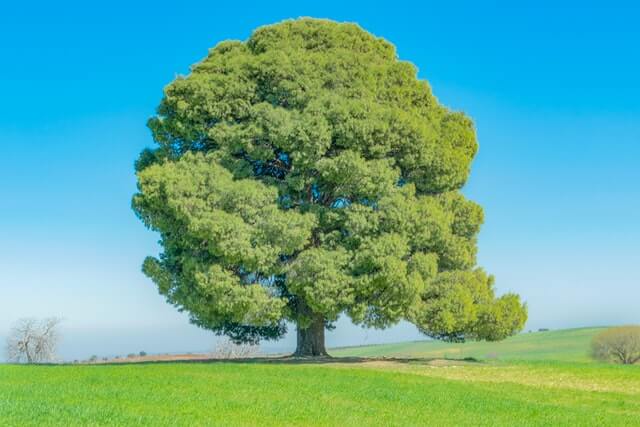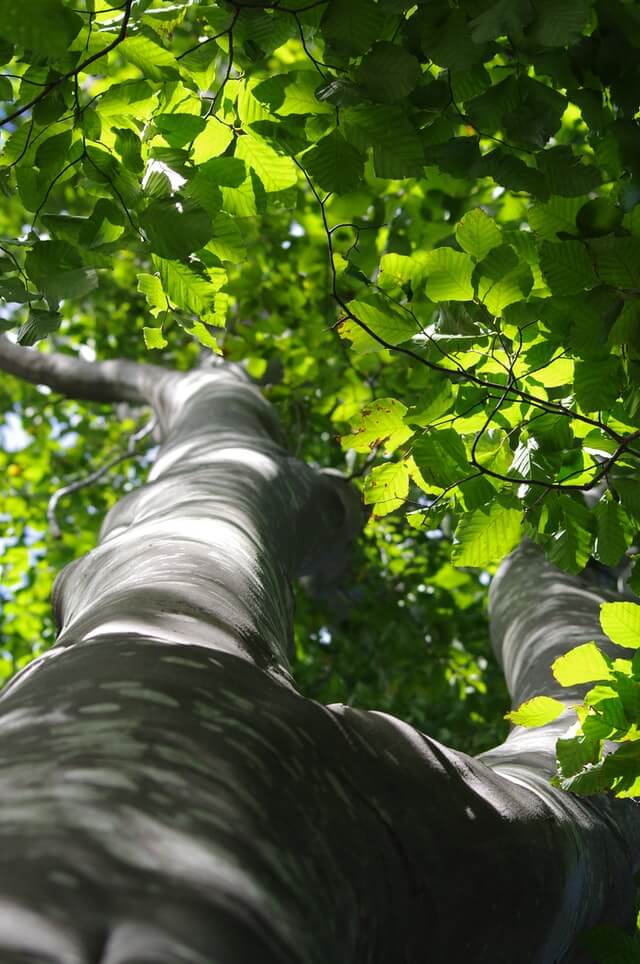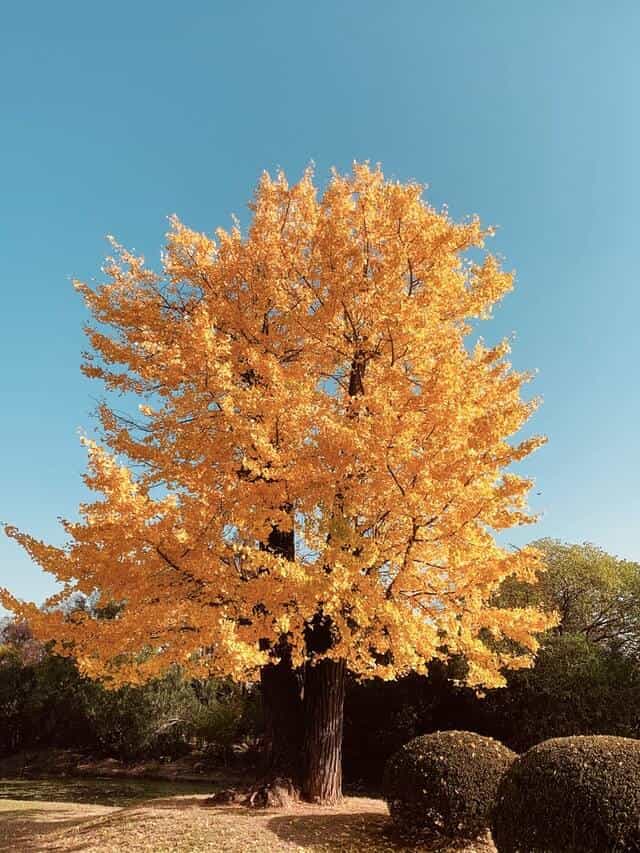Woodturning is a very rewarding hobby, but the tools and materials you use are essential if you want to get good results.
The best woods for turning include Maple, Ash, Cedar, African mahogany, and Hickory.
In this article, we’ll look at some of the best wood available for turning on lathes so that you can make an informed decision about which wood best suits your needs.
Best Wood For Turning On A Lathe
The best woods for turning on a lathe are those that make it easy to work with. For example, they should be straight-grained and free of knots. When the grain runs along the length of the piece, it is called “end grain”. End grain is best used for spindle pieces such as candlesticks, where the grain of the wood is best displayed.
You also want to have wood that has dried properly so it won’t crack, split or warp. There are many hardwood suppliers that offer material that has already been cut into pieces suitable for turning, which saves you time since you don’t have to do the cutting yourself.
Many of these best woods suit beginners best because they are not overly complicated and thus can be handled with ease.
Let’s take a look at the best wood for turning on lathe and how good are they for turning.
Is oak good for woodturning?
Oak has many uses. One of them is in woodturning because it makes for durable spindles like table and chair legs.
One of the most renowned and cherished species of stock employed in exquisite woodworking tasks is oak. It’s strong, hard, and stunning when done correctly. Oak may also be a royal pain to work with.

There are numerous distinctions between oak species. European oak is given considerably more weight than American oak. For example, the majority of the churches and wooden ships that survive from centuries ago were built largely of English Oak, according to some experts.
American oaks are not nearly as well-known in comparison to their English counterparts. White Oak is superior to Red Oak because red oak is more susceptible to shrink and has open grains, making it very permeable. White Oak is closer-grained and virtually waterproof.
When working with oak, keep your tools razor-sharp. Because oak is a hardwood, it dulls tools more than many other common materials.
Ebony
Ebony is one of the densest woods in the world, sinking into the water. It has a lovely texture and produces a really smooth finish when polished correctly. Ebony is a slow-growing wood, which is why it’s so difficult to come by. Because Black Ebony takes 100 years to mature, it’s no surprise that it became increasingly rare and expensive.
Ebony is a classic choice for finely crafted woodwork, including chess pieces, musical instruments, and furniture. It’s best suited to flowing forms instead of sharp angles because its dark color can make the joint lines less forgiving.
Is ash good for wood turning?
Ash is best used for turning because it is straight-grained, strong, and doesn’t warp too much. It has good working properties that make it versatile in its potential applications.
Ash-based products include, but are not limited to, the following:
- Tool handles
- Baseball bats
- Broomsticks
- Shovel handles
- Ax handles
Another fascinating fact to remember is that because it has no taste, it’s also frequently used to make wooden bowls.

Beech
Because beech steam bends in the same way as ash, it’s a fantastic choice for chair legs and backs.
In reality, this underutilized wood might be transformed into anything from inside design to cabinets to flooring and trim. Beech drawers become smoother as they rub against other wood pieces when they glide open and shut.
Is hickory good for woodturning?
Hickory is best for turning because it’s tough, resilient, and dense. There are three types of hickory: pecan hickory, water hickory, and mockernut.
They’re best for use as spindles because there’s less distortion than with other woods. Hickories are best if you want to turn large bowls and spindles.
Hickory is a hardwood that’s practically unrivaled in terms of toughness. It’s well-known for its resistance to abuse, so it’s commonly used when hardness is necessary for the job. Hickory, on the other hand, works exceptionally well with very sharp tools but scratches quite easily.
Is pine good for wood turning?
For beginning turners, pine is an excellent wood to work with. It’s a softwood that’s simple to shape on the lathe. When turning between centers, a gouge or skew chisel produces a superior finish than a scraper. To produce a decent surface, you’ll need a burnished scraper when turning bowls.
Is cherry easy to turn?
Cherry is best for turning because it’s plentiful, easy to work with, and good at holding detail. When properly dried, the grain becomes much denser and more stable.
Don’t use it in applications where you’ll be cutting across the grain, though. Cherry works best if turned using an end-grain method.
Is maple good for woodturning?
Maple is best for turning because it’s easy to shape and sand, without being prone to scratching. It’s best when turned with an end-grain method for stability.

The best uses of maple are in bowls, toys, table legs, and spindles.
Is elm a good wood for turning?
The wood of American elm is wonderful for turning since it has a reddish-brown color. The Chinese elm is another species whose wood is light in color – creamy white. Both are excellent turners and are well worth trying. Grain patterns might be random or uninteresting; consider some decoration for uninteresting grain to liven things up.
Elm is best for turning because it’s a resilient wood with good hardness. However, Elm has a tendency to cup and warp, so it’s best used in smaller projects that won’t be exposed to much humidity or heat.
Is cedar a good wood to turn?
Cedar is more weather-resistant than other woods commonly used in outdoor woodworking, making it particularly well suited for use outside. It can also be quite tricky to turn if it has moisture present.
Can you use balsa wood on a lathe?
Balsa is best for turning when it’s in a low-moisture state. Since balsa wood warps easily, turners should try to avoid cutting against the grain. Make sure you have very very sharp tools for this wood.
Can I Turn Fossilized Wood On My Lathe?
No, fossilized wood is basically stone or petrified wood and is best left in place. It was fossilized when it became submerged in water filled with mineral-rich sediments, such as limey ooze. Over time, organic matter (wood) was replaced by minerals such as silica or calcite.
Worst Wood For Turning
After seeing the BEST wood for turning on a lathe it’s time we take a look at the WORST woods for turning.
Mesquite
It’s a southwestern native hardwood that may be found in the desert southwest of the United States. Some feel it is more of a weed than wood, while others find it difficult to work with tools. Mesquite has characteristics that are both unique and beautiful, but it isn’t always suitable for turning on a Lathe.
Manzanita
Manzanita is a hard, yet delicate and smooth texture with a natural luster. It’s not ideal for turning, though. Manzanita is suitable for most woodworkers since to its burl and unusual form. Even though it has the same density as other types of wood, its irregularities and flaws can cause problems in any machine, even if you have the best lathe.
Final Thoughts
So there you have it, the best wood for turning on a lathe and also some of the worst. The best woods for turning on a lathe are Ash, Maple, Pine, and Hickory. At this point in the article, you should be able to make an informed decision about which wood is right for your needs.
We hope that by now you’re feeling inspired to try out some new tools or materials with these tips as well! Good luck with everything and happy woodturning! Thanks for reading to the end.
